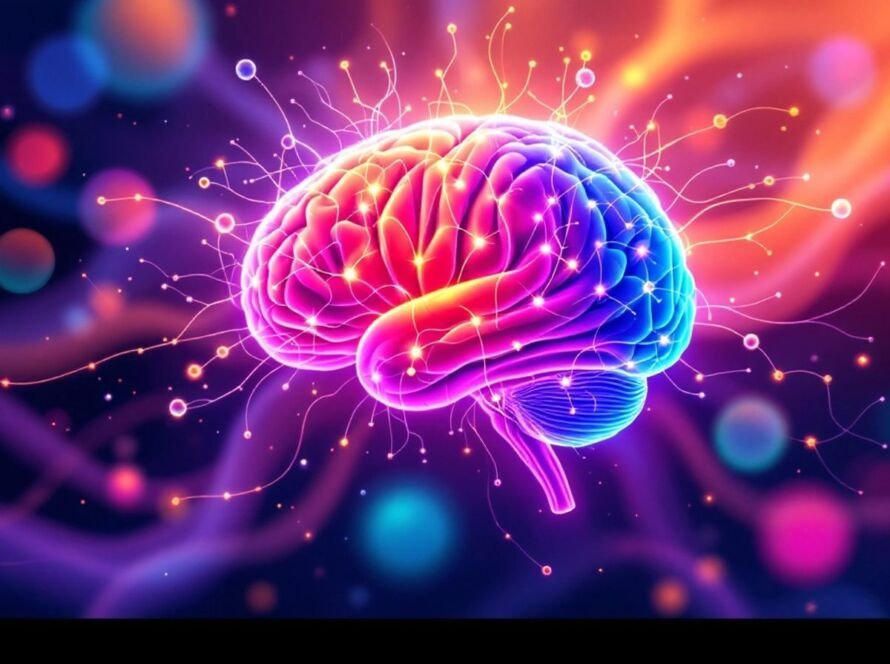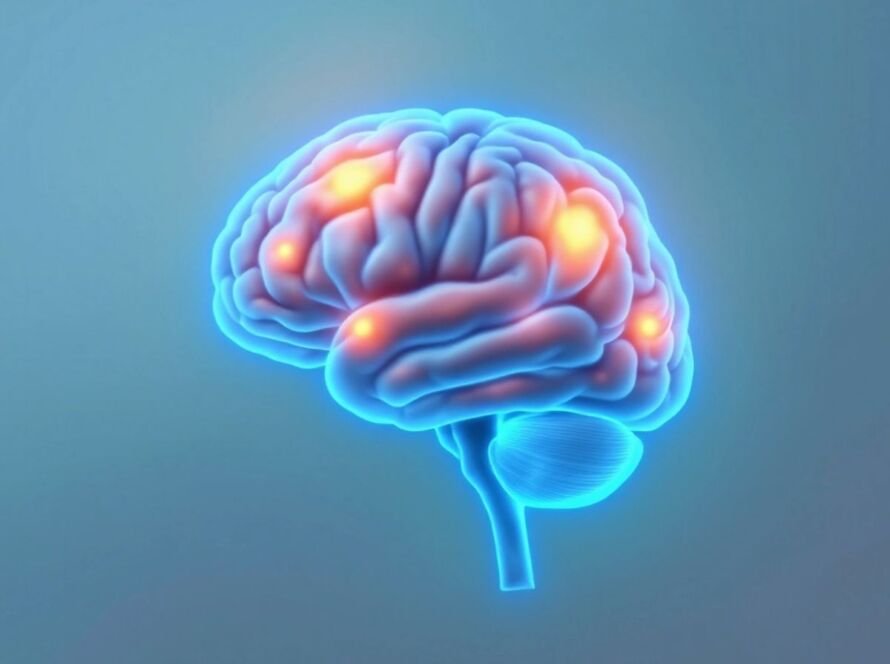Recent advancements in artificial intelligence (AI) and neuroscience are revolutionizing our understanding of the human brain, from decoding DNA to predicting hit songs and even reading daydreams. These breakthroughs promise to transform fields like genomics, personalized medicine, entertainment, and mental health diagnostics.
Key Takeaways
- AI models are decoding complex genetic information, predicting hit songs, converting brain waves to speech, and understanding human imagination and memory.
- These innovations have significant implications for genomics, personalized medicine, entertainment, and mental health.
Decoding the Language of DNA
Researchers have developed GROVER, an AI language model trained on human DNA, to decode the complex information in our genome. GROVER treats DNA as a language, learning its rules and context to extract biological meanings, such as gene promoters and protein binding sites. This innovative approach could revolutionize genomics and personalized medicine by unlocking hidden layers of genetic information.
Key Facts:
- AI Language Model: GROVER uses language model techniques to interpret DNA, treating sequences as a linguistic structure to reveal genetic functions.
- Genetic Insights: The model identifies gene promoters, protein binding sites, and epigenetic information, enhancing understanding of DNA’s non-coding regions.
- Potential Applications: GROVER has the potential to advance genomics and personalized medicine, offering insights into human biology and disease.
Predicting Hit Songs with Brain Waves
A new machine learning model uses neural responses to predict the success of songs with 97% accuracy. Participants listened to a set of songs while their neurophysiologic responses were monitored, generating data that helped the model determine potential hits. This breakthrough approach, termed ‘neuroforecasting,’ can help streaming services efficiently identify popular new songs for their playlists.
Key Facts:
- Neuroforecasting: Uses a machine learning model applied to neural responses to predict hit songs with 97% accuracy.
- Early Prediction: Neurophysiologic responses to the first minute of songs predicted hits with an 82% success rate.
- Broader Applications: The method may be applicable beyond song identification, possibly predicting hits in movies and TV shows.
Converting Brain Waves to Speech
Researchers have achieved a breakthrough in converting brain signals to audible speech with up to 100% accuracy. Using brain implants and AI, they directly mapped brain activity to speech in patients with epilepsy. This technology aims to give a voice back to people in a locked-in state, who are paralyzed and cannot speak.
Key Facts:
- High Accuracy: Using a combination of brain implants and AI, researchers predicted spoken words with an accuracy of 92-100%.
- Focus on Non-Paralyzed Individuals: Experiments focused on non-paralyzed people with temporary brain implants, decoding what they said out loud based on their brain activity.
- Future Goals: The technology currently focuses on individual words, with future goals including the ability to predict full sentences and paragraphs based on brain activity.
Unlocking Human Imagination and Memory Formation
A new study employs generative AI to shed light on how the human brain processes memories for learning, imagination, and planning. The study used a computational model resembling the hippocampus and neocortex’s neural networks to simulate memory encoding and retrieval.
Key Facts:
- AI Model: Simulates the interaction between the hippocampus and neocortex in memory processing.
- Conceptual Representations: The neocortex forms “conceptual” representations, enabling the brain to recreate past experiences and imagine new scenarios.
- Memory Insights: The study provides insights into memory’s role in survival, predicting future events, and understanding memory distortions.
Reading Daydreams with AI
Researchers developed methods to predict emotions in spontaneous thoughts using fMRI and machine learning. They crafted personalized narratives that participants read while their brain activity was monitored, aiming to decode the emotional dimensions of thoughts.
Key Facts:
- Predictive Models: Utilized fMRI and machine learning to predict subjective feelings during story reading and spontaneous thinking.
- Key Brain Areas: Identified key brain regions involved in processing personal relevance and emotional valence.
- Mental Health Applications: The breakthrough offers insights into the emotional undertones of daydreams and could revolutionize mental health diagnostics.
Sources
- AI Helps Decode the Language of DNA – Neuroscience News, Neuroscience News.
- Hit or Miss? AI and Brain Waves Tune into Future Hit Songs with 97% Accuracy – Neuroscience News, Neuroscience News.
- AI Turns Brain Waves into Spoken Words – Neuroscience News, Neuroscience News.
- AI Unlocks Secrets of Human Imagination and Memory Formation – Neuroscience News, Neuroscience News.
- AI Can Now Read Your Daydreams – Neuroscience News, Neuroscience News.

